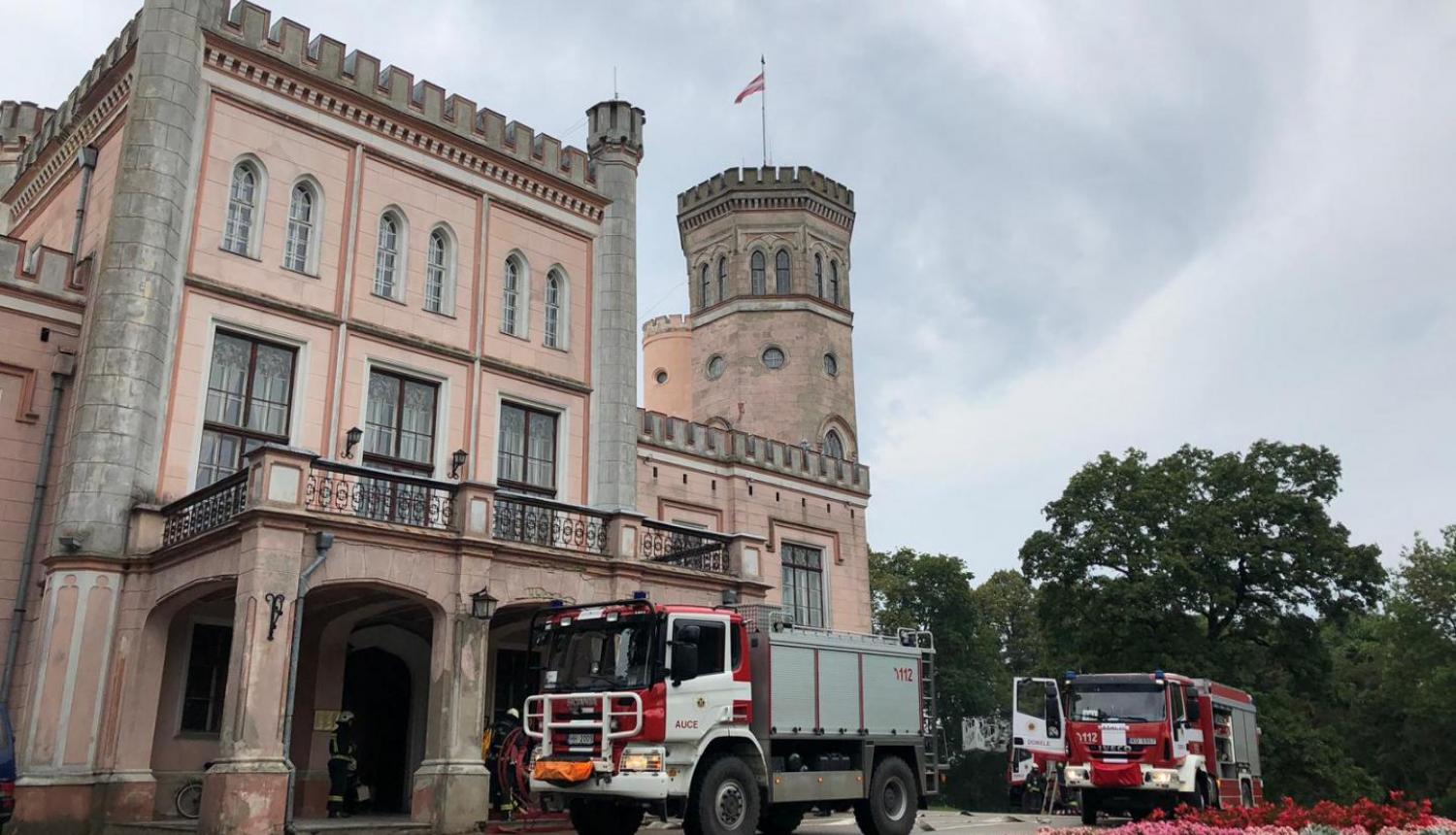On Tuesday, September 28, the Cabinet of Ministers reviewed the informative report of the Ministry of the Interior on the risk assessment tool for fire safety and civil protection, its development and maintenance costs.
The risk assessment tool will be an important complement to care for public safety, as data on the risk assessment of administrative areas will be collected automatically, allowing a comprehensive assessment of the situation, which in turn will help more accurately plan the use of service resources and fire and civil protection monitoring and prevention measures.
The risk assessment tool has been is implemented as a part of the Unified Fire Safety and Civil Protection Platform and will include eleven risk criteria related to the probability of risk and its consequences, such as municipal density and number of events, including fires. The total value of the criteria will form the level of risk in the relevant administrative area.
One of the tasks of the State Fire and Rescue Service is to identify the fire safety situation in Latvia and possible threats and, based on their analysis, to provide proposals to state and local government institutions on improving the situation in the field of fire safety and civil protection.
The funding required for the implementation of the tool is EUR 892,000, excluding the funding required for maintenance and improvement of EUR 133,800 per year. The Information Centre of the Ministry of the Interior will implement the solution. The estimated implementation time of the solution is 18 months.
It has already been reported that on August 18, last year, the Cabinet of Ministers reviewed and supported the informative report of the Ministry of the Interior on the implementation, establishment and maintenance of the information systems “Fire Safety Supervision and Civil Protection Work Management and Control” and “Fire Safety Self-Declaration System” (UDOS). The purpose of these systems is to ensure that the procedures for the organization of work become more efficient.
The self-declaration system will serve as an understandable self-assessment tool that would help the persons in charge of the object to be aware of the fire safety requirements specified in regulatory enactments in the respective object. UDOS, on the other hand, is intended as a management system for several interconnected information systems, which is available to SFRS officials involved in state fire safety work in order to ensure the circulation of necessary information for state fire safety supervision and civil protection work.



